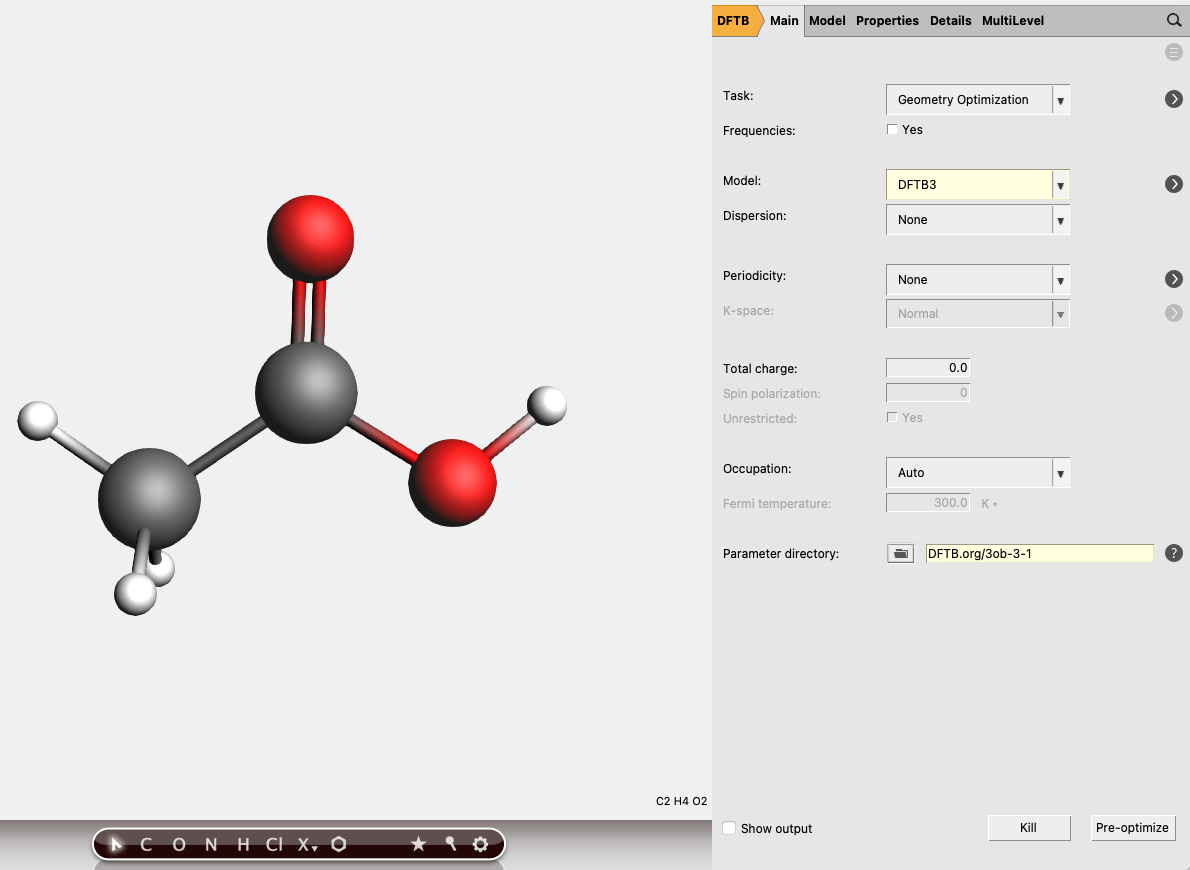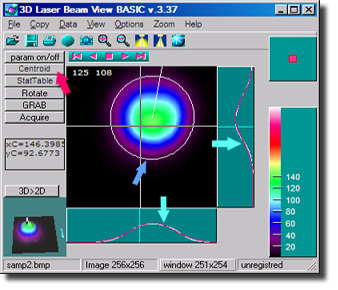
#Gaussian software tutorial series#
This is called regression and is used, for example, in robotics or time series forecasting.īut Gaussian processes are not limited to regression - they can also be extended to classification and clustering tasks. Their most obvious area of application is fitting a function to the data. They allow us to make predictions about our data by incorporating prior knowledge. Gaussian processes are a powerful tool in the machine learning toolbox. With this blog post we want to give an introduction to Gaussian processes and make the mathematical intuition behind them more approachable.

Journal of the American Chemical Society. Comparative tests of theoretical procedures for studying chemical reactions". "Development and use of quantum molecular models. Pople, Gaussian 70 (Quantum Chemistry Program Exchange, Program No. They also claim that not licensing competitors is standard practice in the software industry and members of the Gaussian collaboration community have been refused licenses from competing institutions. disputes the accuracy of these descriptions of its policy and actions, noting that all of the listed institutions do in fact have licenses for everyone but directly competing researchers. The controversy was also noted in 1999 by Chemical and Engineering News (repeated without additional content in 2004), and in 2000, the World Association of Theoretically Oriented Chemists Scientific Board held a referendum of its executive board members on this issue with a majority (23 of 28) approving the resolution opposing the restrictive licenses. These assertions were repeated by Jim Giles in 2004 in Nature. The anonymous group has published a list of scientists whom it claims are not permitted to use GAUSSIAN software. Some scientists consider these terms overly restrictive.

has attracted controversy for its licensing terms that stipulate that researchers who develop competing software packages are not permitted to use the software. Quantum chemistry composite methods – CBS-QB3, CBS-4, CBS-Q, CBS-Q/APNO, G1, G2, G3, W1 high-accuracy methods.

Quadratic configuration interaction (QCI) methods.Complete active space (CAS) and multi-configurational self-consistent field calculations.ONIOM ( QM/MM method) up to three layers.Correlation functionals: PBE, TPSS, VWN, PW91, LYP, PL, P86, B95.Exchange functionals: PBE, MPW, PW91, Slater, X-alpha, Gill96, TPSS.Built-in density functional theory (DFT) methods.Møller–Plesset perturbation theory (MP2, MP3, MP4, MP5).



 0 kommentar(er)
0 kommentar(er)
